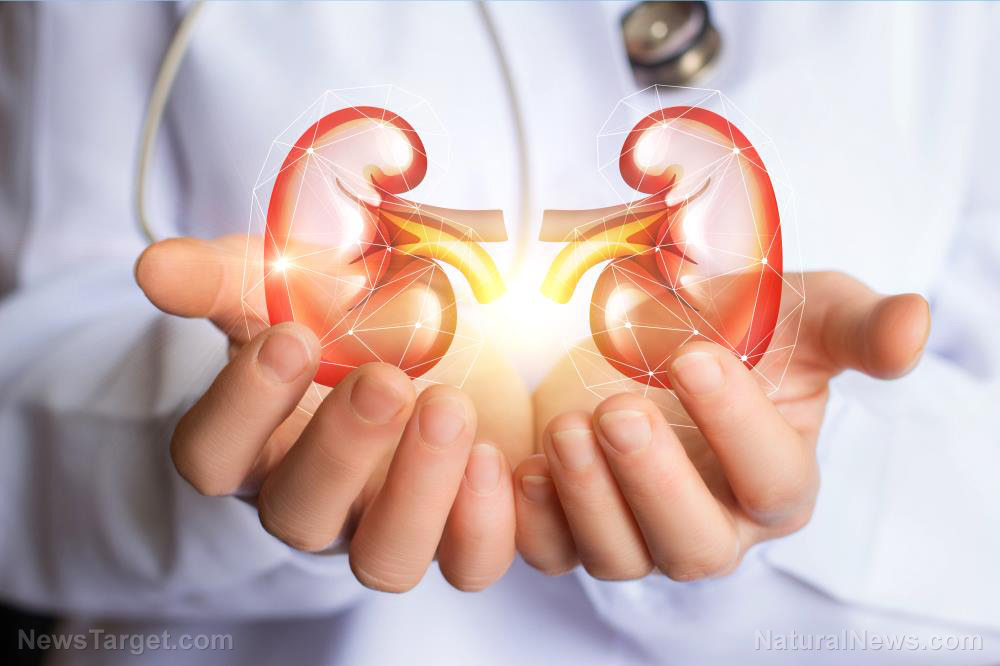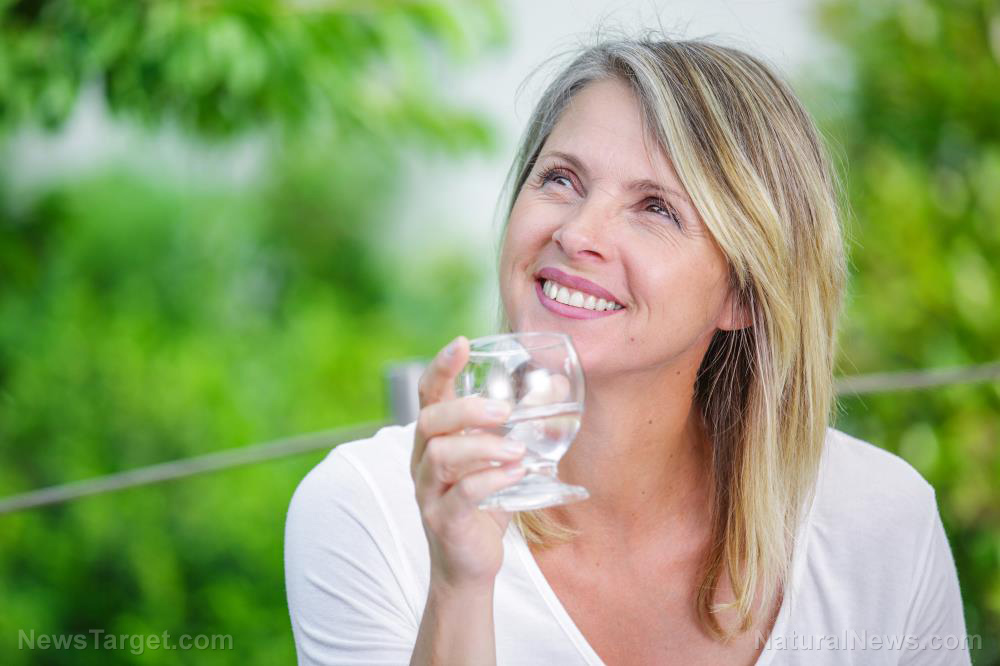Improve bone health and watch out for the 7 signs and symptoms of osteoporosis
12/10/2019 / By Arsenio Toledo

Osteoporosis (Greek for “porous bones”) is a disease that reduces the density and quality of your bones. This condition substantially increases the risk of fracturing your bones. In fact, most people won’t even know that they have osteoporosis until they experience their first fracture. Fortunately, there are signs and symptoms that can warn you if you have developed osteoporosis.
Leaning toward one side
Try sitting down and then getting up from a chair. If you feel like you’re leaning towards one side or having problems with balance, that could be a sign that your muscles aren’t sliding over as smoothly as they should. Proper posture and correct body alignment are integral for preventing broken bones.
Grip strength is weaker than normal
If your fingers get crossed trying to open a plastic bag or if you need to ask for help opening a jar even though you have never had trouble with these simple tasks in the past, it could be a sign that your bones are becoming weak. The inability to grip may be a warning sign of a fracture in your future.
Persistent cramps and muscle aches
Muscle cramps are a sign of unhealthy bones. It could be that you’re deficient in magnesium, but sometimes it is more than that. A muscle spasm can be a painful experience if you have osteoporosis, because your nerves are being pinched and affecting your bones.
Receding gums
A study published in Medicina by a group of Lithuanian researchers found a connection between gum health and jawbone health, with a main factor being vitamin D deficiency. To prevent receding gums and poor bone health, supplement your diet with more vitamin D.
Weak and brittle fingernails
There is a wealth of anecdotal evidence suggesting that weak and brittle fingernails indicate weak bone health. A study published in the journal Clinical Medicine Insights: Arthritis and Musculoskeletal Disorders reported that patients who have been diagnosed with osteoporosis have mentioned a loss of fingernail resilience.
Reduced height
As a person gets older, it is normal to get a little shorter in height. However, too much height loss can mean that osteoporosis is breaking down the bones in your spine, making you significantly shorter. To be able to tell the difference, an annual height measurement should be done, especially if you’re at the age of 50 or older. This phenomenon is usually more pronounced in women, who may develop something known as a dowager’s hump, which is the curving of the spine that gives them a rounded or hunched appearance.
Painful bones
If you feel an aching sensation in your neck, lower back, wrist or hip, it may be a good idea to check in with a health practitioner regarding your bone health. Aching, painful bones are a sign of osteoporosis. This is especially true if the pain is constant and localized to one specific part of your body. Osteoporosis causes compression fractures, which can be painful especially when left untreated. (Related: Herbs and bone health: Is horsetail an effective natural remedy for osteoporosis?)
Prevention is the best way to fight osteoporosis. Luckily, there are natural plans that you can follow to lower your osteoporosis risk, such as engaging in muscle strengthening and weight-bearing exercises, as well as eating a balanced diet full of fruits and vegetables that are rich in bone-friendly nutrients like calcium, magnesium and potassium. Your bones quite literally lift you up. Take care of them before it’s too late.
Sources include:
Submit a correction >>
Tagged Under:
aging, bone health, Bones, calcium, disease treatments, gum health, natural cures, natural health, natural medicine, nutrients, osteoporosis, prevention, supplements, teeth, vitamin D
This article may contain statements that reflect the opinion of the author
RECENT NEWS & ARTICLES
COPYRIGHT © 2017 PREVENTION NEWS





















